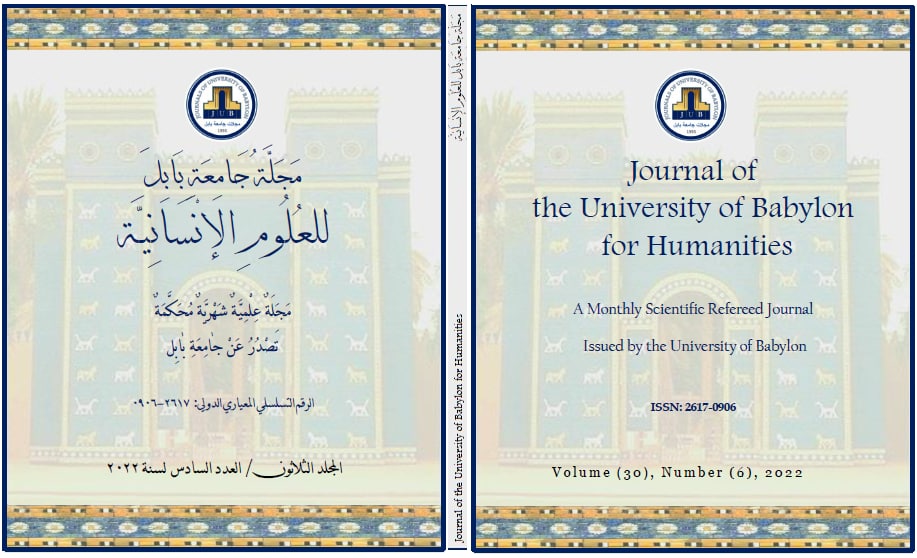Individualism and Its Representations in The Renaissance Era
Main Article Content
Abstract
The research focuses on the concept of individuality, which is closely related to human life, and the research problem is summarized in raising the question about individuality and how its concepts were represented in the Renaissance era and whether it had a specific role in the performance and value variables in the products of the Renaissance era. The first chapter included the identification of individuality and its representations in the Renaissance era through its intellectual and structural treatments together for the period from (1482 - 1505) represented by religious drawings and murals executed in a fresco manner and murals executed in oil. The research sample was intentionally determined by two models, and the researcher relied in analyzing the sample models on the indicators of the theoretical framework. One of the most prominent findings of the researcher is that the Renaissance is the beginning of the modern individual, who transformed in the era of (Jean-Jacques Rousseau) and crowned the individual as a king over himself and the world. The individualists also believed in the value of the individual’s pursuit of personal goals and his desire for self-reliance and love of complete independence and dominance, and they strongly oppose the interference of others in their affairs and interests, whether through the tribe, sect, or any other social entities.
One of the most prominent conclusions reached by the research is the claim of the individualists to get rid of the control of the church and enjoy intellectual freedom that enables the individual to develop his talents and creative powers without obstacles or restrictions. And the Romans, and accordingly, art was liberated from the authority of religion, heading towards beauty in itself, and the individual became a criterion for judging things.

